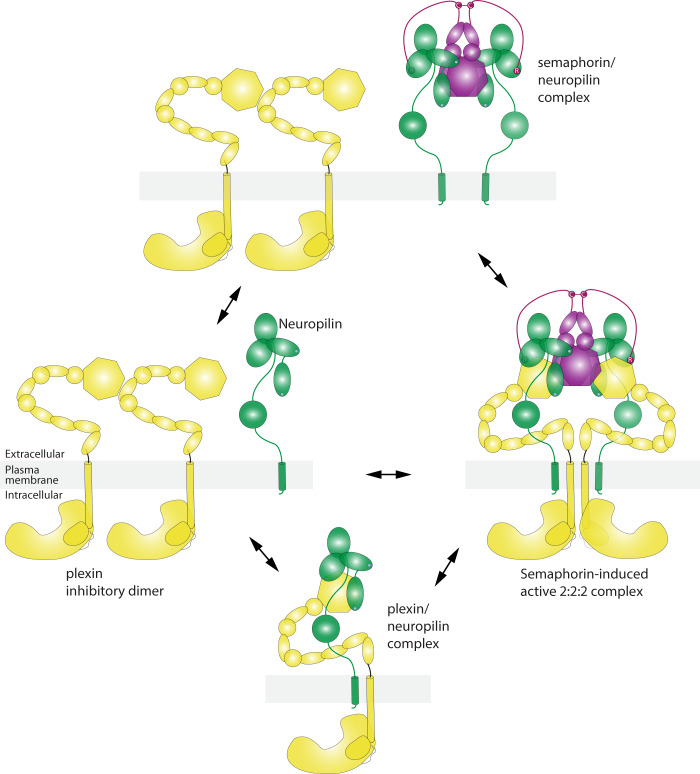Fig. 6. Cartoon model of the regulatory mechanisms of class A plexins.
Prior to ligand binding, class A plexins form the inhibitory dimer that prevents the formation of the intracellular active dimer (left panel). It is possible that neuropilin uses its a1 domain to bind plexin, disrupting the inhibitory dimer and priming plexin for activation (lower panel). Neuropilin could bind the semaphorin dimer on its own, considering the strong interaction between the two (upper panel). Ultimately, the semaphorin dimer induces the formation of the 2:2:2 complex, which in turn induces the intracellular active dimer of plexin for signaling (right panel). Whether and how the transmembrane region of plexin and neuropilin interact in the 2:2:2 complex is unclear.

